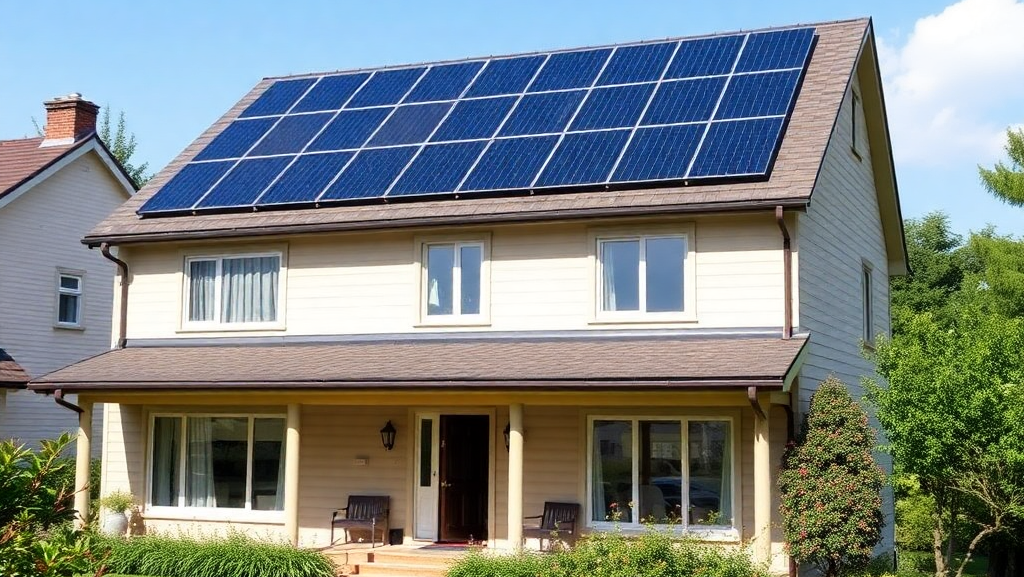Critical Considerations for Data Collection and Analysis in Solar Panel Systems
Accurate Data Collection Setup
Sensor Selection for Key Performance Metrics
To capture comprehensive solar panel performance, deploy sensors for voltage, current, temperature, and irradiance. Voltage and current sensors must align with the panel’s rated output to avoid measurement errors. For example, a 400W panel operating at 40V requires a current sensor rated for at least 10A. Temperature sensors should be placed on the panel backsheet to monitor cell temperature, as overheating reduces efficiency by 0.5% per °C above 25°C. Irradiance sensors must be calibrated to match the panel’s spectral response to ensure accurate sunlight intensity readings.
Sampling Frequency and Data Resolution
High sampling rates (e.g., 1-second intervals) are critical for detecting transient events like shading or inverter faults. However, excessive data volume can strain storage and processing resources. Balance resolution with practicality by using adaptive sampling—e.g., 1-minute intervals during stable conditions and 1-second intervals during anomalies. For thermal analysis, log temperature data every 10 seconds to capture rapid fluctuations affecting cell efficiency.
Multi-Panel Data Aggregation
In large-scale installations, aggregate data from individual panels or strings to identify systemic issues. Use a centralized data logger with sufficient channels to handle inputs from hundreds of panels. For example, a 1MW solar farm with 2,500 panels might group data into 50 strings, each monitored for voltage mismatches indicating faulty connections or degraded panels. Ensure timestamps are synchronized across sensors to correlate events accurately.
Data Transmission and Storage
Reliable Communication Protocols
Choose protocols suited to the installation environment. For rooftop systems, Wi-Fi or Ethernet offers high-speed transmission but may lack range in remote areas. In such cases, LoRaWAN or cellular networks (4G/5G) provide wider coverage. For offshore solar platforms, satellite communication ensures connectivity where terrestrial networks are unavailable. Implement redundancy by using dual communication paths (e.g., Wi-Fi + cellular) to prevent data loss during outages.
Secure Data Storage Solutions
Store data in encrypted databases with role-based access control to prevent unauthorized modifications. Cloud platforms like AWS or Azure offer scalable storage with built-in security features, but on-premise servers may be preferred for sensitive installations. For long-term archiving, use compressed file formats (e.g., HDF5) to reduce storage costs while retaining metadata like timestamps and sensor IDs. Regularly back up data to geographically distributed locations to mitigate risks from hardware failures or cyberattacks.
Edge Computing for Local Processing
Deploy edge devices to filter and preprocess data before transmission, reducing bandwidth usage. For instance, an edge gateway can discard irrelevant data (e.g., stable voltage readings outside peak hours) and only send anomalies (e.g., sudden voltage drops) to the cloud. This approach is particularly useful in low-bandwidth areas, where transmitting raw data from thousands of panels would be impractical.
Advanced Data Analysis Techniques
Performance Benchmarking Against Standards
Compare collected data against industry benchmarks like IEC 61724-1 to assess system health. For example, a panel’s energy yield (kWh/kWp) should align with regional averages adjusted for local irradiance. Deviations may indicate shading, soiling, or equipment failure. Use statistical tools to calculate performance ratios (PR), which normalize output against expected values under standard test conditions (STC). A PR below 75% typically signals maintenance needs.
Fault Detection Using Machine Learning
Train machine learning models to identify patterns indicative of faults. For example, a random forest algorithm can analyze voltage, current, and temperature data to detect underperforming panels with 95% accuracy. Time-series models like LSTM networks can predict failures by analyzing historical trends, such as gradual efficiency declines caused by microcracks. Continuously update models with new data to improve accuracy as system conditions evolve.
Correlation Analysis for Root Cause Identification
Use correlation matrices to link performance metrics and external factors. For instance, a negative correlation between panel temperature and efficiency confirms thermal degradation risks. Similarly, correlate shading events (detected via irradiance drops) with output losses to pinpoint obstructions like overgrown vegetation. In coastal installations, correlate salt deposition rates (measured by conductivity sensors) with efficiency declines to schedule cleaning cycles proactively.
Environmental and Operational Considerations
Compensation for Environmental Variables
Adjust performance data to account for temperature, irradiance, and humidity variations. Use the NOCT (Nominal Operating Cell Temperature) method to correct efficiency measurements under real-world conditions. For example, a panel rated at 20% efficiency under STC might operate at 18% efficiency at 35°C cell temperature. Implement algorithms to normalize data for comparison for different seasons or weather patterns.
Handling Data Gaps and Outliers
Develop protocols to address missing or corrupted data. For short gaps (e.g., <5 minutes), interpolate values using adjacent data points. For longer outages, use historical averages or machine learning predictions to estimate missing values. Outliers caused by sensor malfunctions (e.g., a temperature spike to 100°C) should be flagged and excluded from analysis after verification. Maintain audit logs to track data modifications for compliance purposes.
Long-Term Trend Analysis for Asset Management
Monitor performance trends over years to guide maintenance and replacement decisions. For example, a 10% decline in annual energy yield may justify panel replacement, even if individual components appear functional. Use degradation models to estimate remaining useful life (RUL) based on historical data. In regions with high dust levels, analyze cleaning frequency against efficiency gains to optimize maintenance schedules.
By addressing these aspects—from sensor accuracy to long-term trend analysis—solar panel data collection and analysis systems can maximize energy yield, reduce downtime, and extend equipment lifespan.


